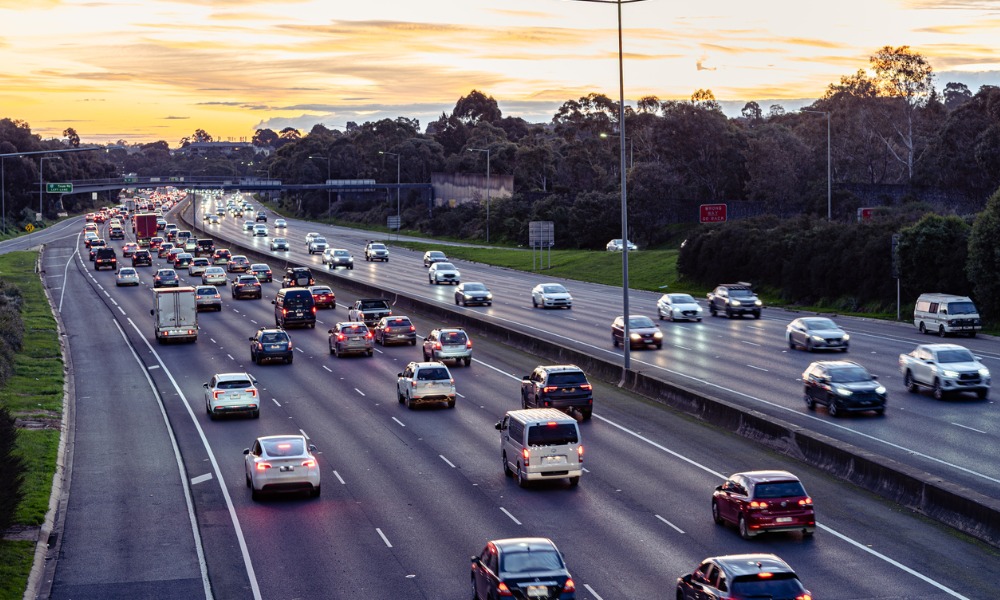Melbourne road named Australia’s worst crash hotspot

Melbourne road named Australia’s worst crash hotspot | Insurance Business Australia
Insurance News
Melbourne road named Australia’s worst crash hotspot
Report also highlighted other dangerous roads prone to car crashes
Insurance News
By
Jonalyn Cueto
Plenty Road in Bundoora has emerged as Australia’s most risky road for car crashes over the past decade, according to a new report released by insurer AAMI. The “Decade of Driving” report, covering data from Jan. 1, 2014, to Dec. 31, 2023, has revealed a concerning trend in road safety.
The report identified Plenty Road as the nation’s worst crash hotspot, recording the highest frequency of accidents compared to other roads with reported crashes.
AAMI’s motor claims manager, Leah James, said that similar hazardous locations exist across Australia. “The number-one crash hotspots in each state and territory are all notorious for accidents and share similar attributes of being busy major roads or main thoroughfares through industrial, educational, shopping centre precincts, or central business districts,” James said.
High-risk roads
In New South Wales, the Hume Highway in Liverpool tops the list of accident-prone roads, while Queensland’s Bruce Highway in Rockhampton and Western Australia’s Albany Highway in Cannington also feature prominently in the report.
In South Australia, Marion Road in Marion is deemed the worst, and in Tasmania, Sandy Bay Road in Sandy Bay is the most dangerous. The Stuart Highway in Darwin and Canberra Avenue in Fyshwick, ACT, complete the list of most risky roads in the Northern Territory and Australian Capital Territory, respectively.
Trends in crash timing and frequency
James identified a clear pattern in crash timings, noting that afternoons, particularly during school pick-up times, are when collisions most frequently occur. “[This is] a time when roads are busy, patience is wearing thin, drivers are tired from the day and racing to get home or to their next destination,” she said.
The report indicated that nose-to-tail crashes are the most common type of collision, accounting for 26% of all accidents. Other frequent causes include drivers failing to give way (19%) and parking-related incidents (17%). Additionally, Fridays are the most accident-prone day of the week, with 16% of crashes occurring, followed by Thursdays and Wednesdays.
Do you have something to say about the latest findings? Let us know in the comments below.
Related Stories
Keep up with the latest news and events
Join our mailing list, it’s free!






